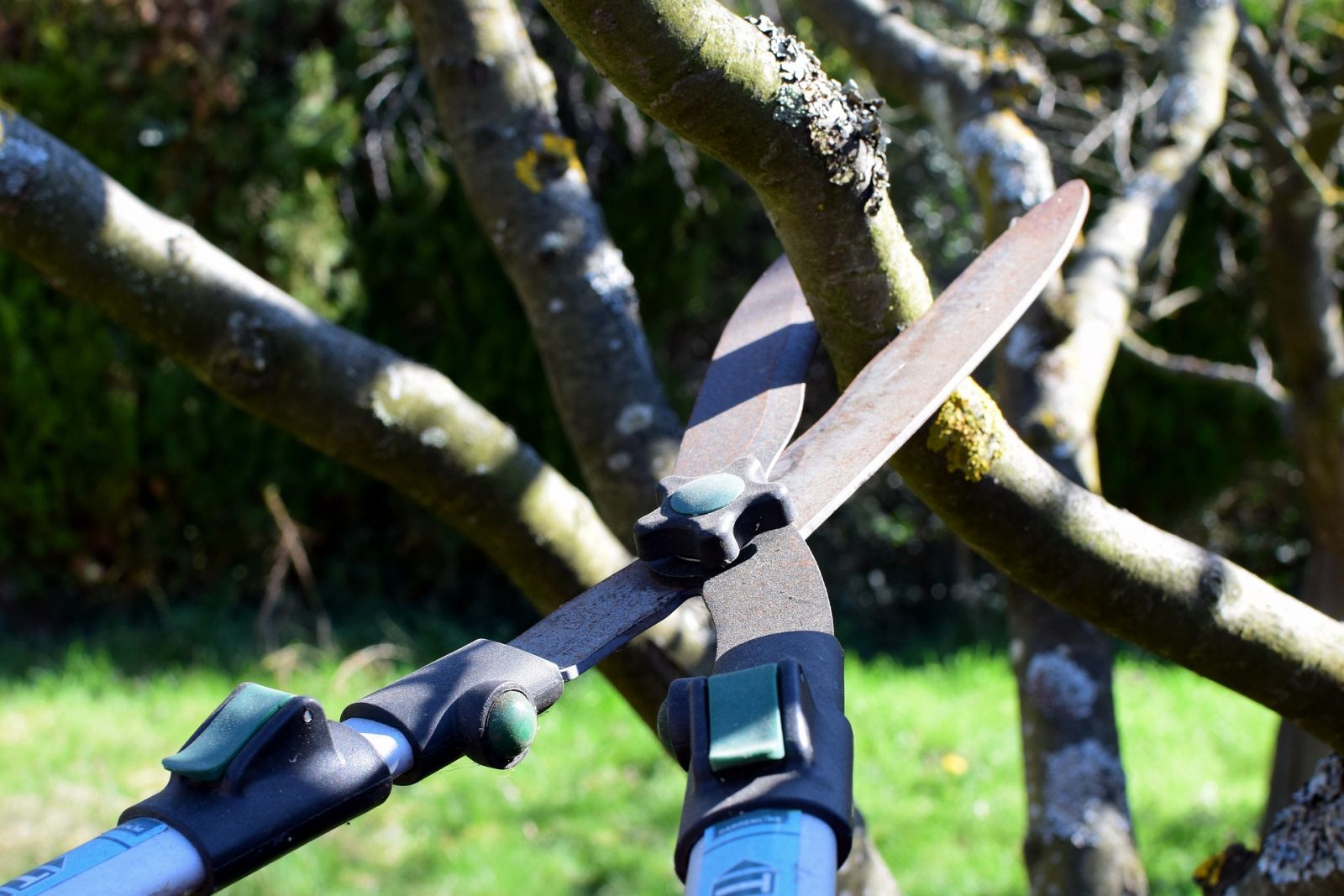Grow Strong: The Advantages of Pruning Your Garden in February
10-02-2023
Pruning your garden in February can bring numerous benefits to the overall health and growth of your plants. By removing dead or diseased branches, you can encourage new growth, improve the plant's structure, and promote better air flow. In this article, we will dive into the advantages of pruning your garden in February and provide you with step-by-step instructions for a successful pruning experience.

Why Prune Your Garden in February?
February is an optimal time for pruning your garden as it falls during the dormant period for many plants. This means that the plants are not actively growing, making it the perfect time to remove any damaged or diseased branches without putting the plant under any additional stress.
Another advantage of pruning in February is that it allows you to better see the structure of the plant. Without its leaves, it is easier to identify any crossing branches or areas that need to be thinned out. This will help you make more informed decisions on what needs to be trimmed to improve the overall health and appearance of the plant.
The Benefits of Pruning
-
Encourages new growth: By removing dead or diseased branches, you are making room for new growth to occur. This can help keep your plants looking healthy and vibrant for years to come.
-
Improves plant structure: Pruning allows you to shape and train your plants to grow in a desired manner. This can improve the overall structure of the plant and make it look more aesthetically pleasing.
-
Increases air flow: By removing crossing or densely packed branches, you can improve air flow within the plant. This can help reduce the risk of disease and provide your plants with the oxygen they need to thrive.
-
Increases fruit production: Pruning can help increase fruit production by removing any competing or crowded branches. This allows the plant to focus its energy on producing healthy fruit instead of supporting excess growth.
How to Prune Your Garden in February
Pruning your garden can seem daunting, but with the right tools and a bit of knowledge, it can be a simple and rewarding experience. Here are the steps you should follow for successful pruning in February:
-
Identify what needs to be pruned: Before you begin, take a good look at your plants and identify any dead, diseased, or crossing branches that need to be removed.
-
Choose the right tools: You will need a sharp pair of pruning shears or a saw, depending on the size of the branches you need to remove. Make sure your tools are clean and in good condition to prevent the spread of disease.
-
Make clean cuts: When making your cuts, ensure that they are clean and just above a growth node or branch. This will encourage new growth to occur in that area.
-
Don't over-prune: It can be tempting to remove a lot of branches at once, but be careful not to over-prune. This can put unnecessary stress on the plant and leave it vulnerable to disease.
Conclusion
Pruning your garden in February can bring numerous benefits to the overall health and growth of your plants. By removing dead or diseased branches, you can encourage new growth, improve the plant's structure, and promote better air flow. With the right tools and a bit of knowledge, pruning can be a simple and rewarding experience. So grab your pruning shears and get to work – your plants will thank you for it!
